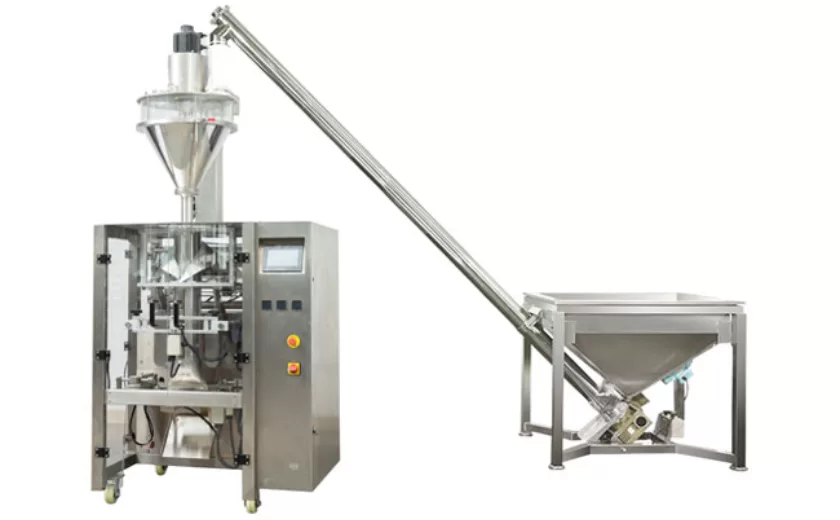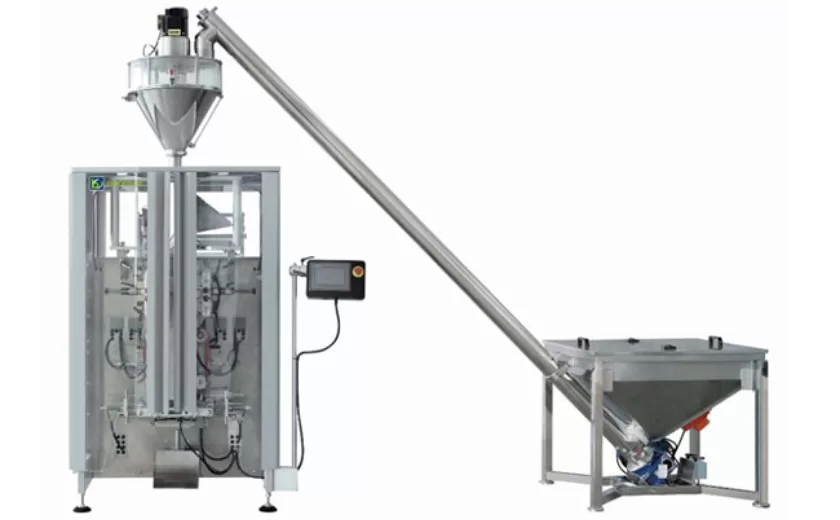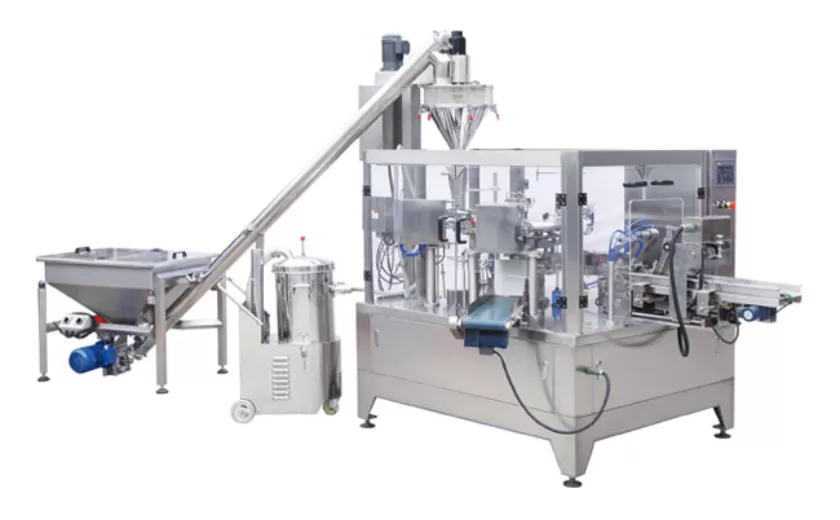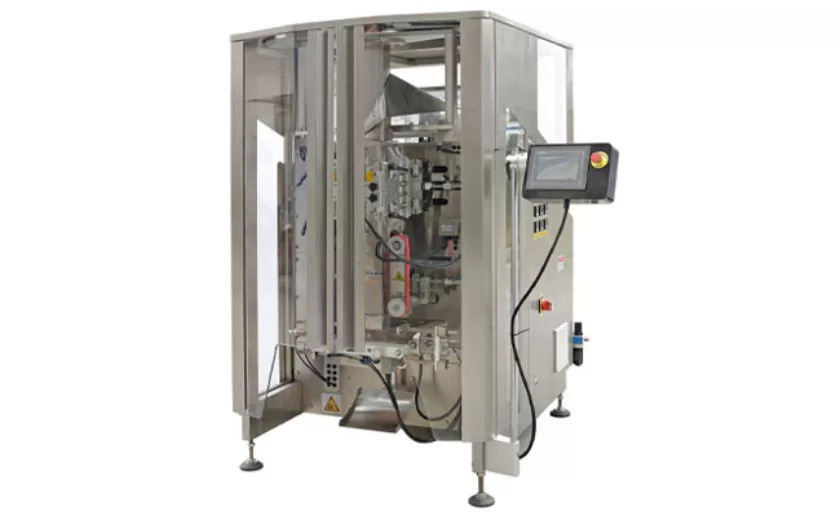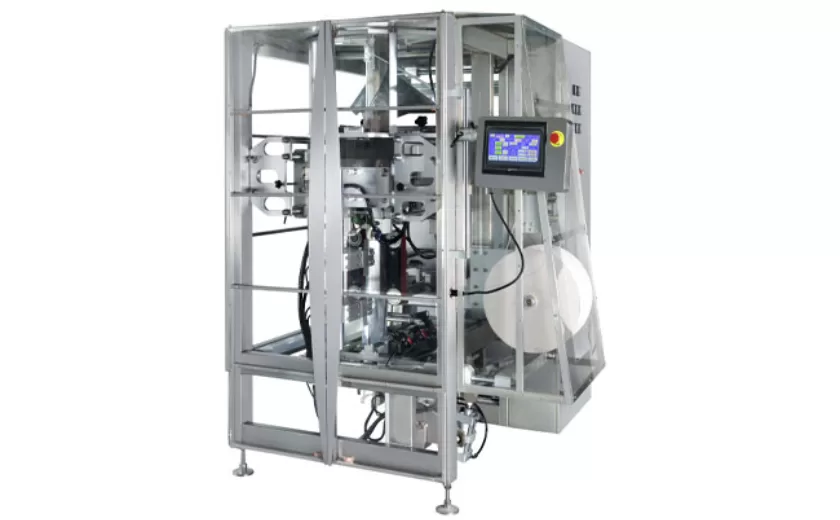Understanding Compliance Regulations for Inverted Flow Wrapping
Inverted flow wrapping is a packaging technique frequently employed in the food and pharmaceutical industries. This method involves placing the product in a pre-formed bag and then sealing the bag from the bottom, opposite the conventional flow wrap method. Understanding and adhering to the regulatory compliance requirements associated with inverted flow wrapping are crucial to ensure product safety and quality, as well as regulatory compliance.
Role of Regulatory Authorities
Regulatory bodies such as the United States Food and Drug Administration (FDA) and the Health Canada establish and enforce compliance regulations for inverted flow wrapping to maintain product integrity and consumer protection. These regulations dictate standards for packaging materials, equipment, and production processes to minimize the risk of contamination and maintain product quality.
Key Compliance Aspects
1. Equipment Compliance
Inverted flow wrap equipment must meet specific specifications to ensure proper packaging and seal quality. The equipment should be designed and maintained to prevent contamination and cross-contamination. Proper cleaning and sanitation practices are essential to maintain equipment hygiene and prevent the introduction of foreign materials or microorganisms.
2. Packaging Materials
The packaging materials used for inverted flow wrapping must meet regulatory standards for food contact applications. These materials must provide adequate barrier properties to protect the product from environmental conditions, such as moisture and oxygen. The materials must also meet migration limits to prevent the leaching of harmful substances into the product.
3. Process Controls
The inverted flow wrapping process must be carefully controlled and monitored to ensure compliance. Critical process parameters, such as temperature, pressure, and sealing time, must be within specified limits to achieve proper seal integrity. Proper training of operators and implementation of quality control measures are essential to ensure consistent process execution.
4. Product Testing
Regular product testing is crucial to verify compliance with regulatory requirements. This testing can include seal integrity tests, leak tests, and microbiological analysis to ensure the product is well sealed, protected from contamination, and meets the intended shelf life.
Benefits of Compliance
1. Consumer Safety
Compliance with inverted flow wrapping regulations ensures the safety of consumers by minimizing the risk of contamination and product spoilage. Proper packaging and sealing prevent the entry of harmful microorganisms or foreign objects that could compromise product quality.
2. Product Quality
Adhering to compliance regulations helps maintain the quality of inverted flow-wrapped products by protecting them from environmental factors. Packaging materials and sealing methods are designed to protect the product from oxidation, moisture loss, and other potential hazards that could degrade its integrity.
3. Regulatory Compliance
Understanding and complying with inverted flow wrapping regulations demonstrate a commitment to product safety and quality, and can help avoid costly penalties or legal issues. Compliance also fosters confidence among consumers, regulatory agencies, and stakeholders.
Understanding compliance regulations for inverted flow wrapping is essential for manufacturers in the food and pharmaceutical industries. By adhering to these regulations, businesses can ensure the safety and quality of their products, maintain consumer trust, and comply with regulatory requirements.
-
Precision Filling with Auger Type Powder Filling Machines
25-07-2025 -
Versatile Auger Packing Machines for Precision Powder Filling
25-07-2025 -
High-Precision Auger Filling Machines for Efficient Powder Packaging
25-07-2025 -
Versatile Vertical Form Seal Machines for Efficient Packaging
20-07-2025 -
Advanced Vertical Wrapping Machines for Streamlined Packaging
20-07-2025 -
Versatile and Efficient Small Vertical Form Fill Seal Machines for Modern Packaging Needs
20-07-2025 -
Reliable Solutions for Liquid Filling and Packing in Modern Production
11-07-2025 -
Precision and Efficiency with Liquid Packaging Machines
11-07-2025 -
Efficient Solutions with Granule Packaging Machines for Modern Industries
11-07-2025 -
Reliable Solutions with Auger Type Powder Filling Machines
05-07-2025





